It shouldn’t be a surprise at all that stores or markets want you to spend as much money as possible. And there are several ways that they are designed to make this happen. Between the physical design of the store and the strategy of product placement, grocery stores have developed a way to get consumers to purchase more and spend more that you intended when you walked in the door.
Sometimes, even if you have your list and are diligent in your desire to stick to it, some of the (almost insidious) techniques stores employ can trick even the most conscientious shopper to purchase more than they intend.
Here are the Top Ten methods stores use to get you to purchase more than you intended..
1. Creative (Sneaky) Product Placement
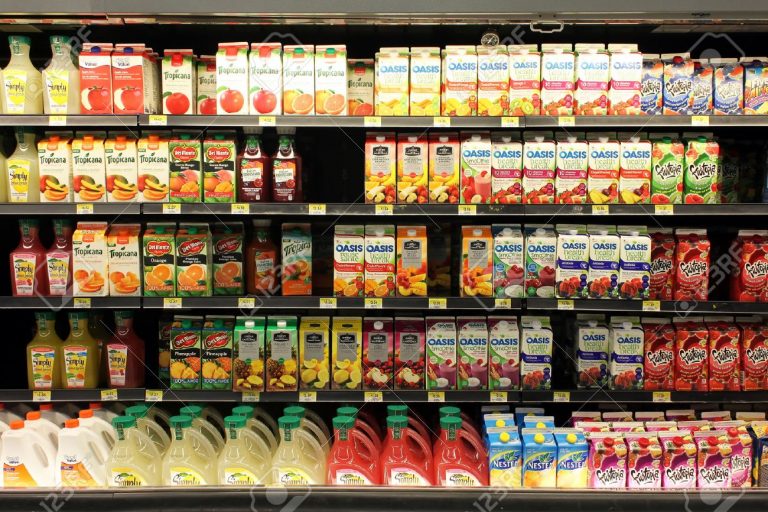
The logic behind this one is simple. Make sure that the placement of products is strategically placed to ensure that it appeals to your senses.
For example, most stores will place fruit and vegetables near the entrance of the store to suggest that you’re shopping in a healthy place. Also near the entrance will be the circulars that highlight sale items and specials. There may also be a deli where fresh food is prepared or a bakery. Both of these will entice you with the wonderful aroma.
However, those items that are not as enticing – cleaning supplies, paper products, pet food, etc. – are buried in the rear of the store or on some of the more remote aisles. This means that you’ll have to navigate through those delicious smells and the beautiful arrangement of baked and cooked goods before you get to the heart of the store. Be strong! These are there to entice you. And if something on your list is in one of these areas, just stick to your list. Nothing more.
Once you do make it to the heart of the stores and begin perusing the shelves, keep in mind that the items at eye level are the ones that tend to be more expensive, and are made to be more attractive. Usually, the store or generic brands will be at or near the bottom. This is designed to make the shopping experience easier. However, it also makes it easier to grab items that you don’t really need, or are just more expensive. The best way to avoid this type of temptation is… yes, stick to your list!
One other tip: Don’t go to the store hungry! If you feel that having a list is not quite enough to keep you honest, having a snack prior to venturing out to the store is a great way to fend of the bad shopping decisions since you’ll be less likely to do any impulse purchasing on a full stomach.
2.Ten for $10
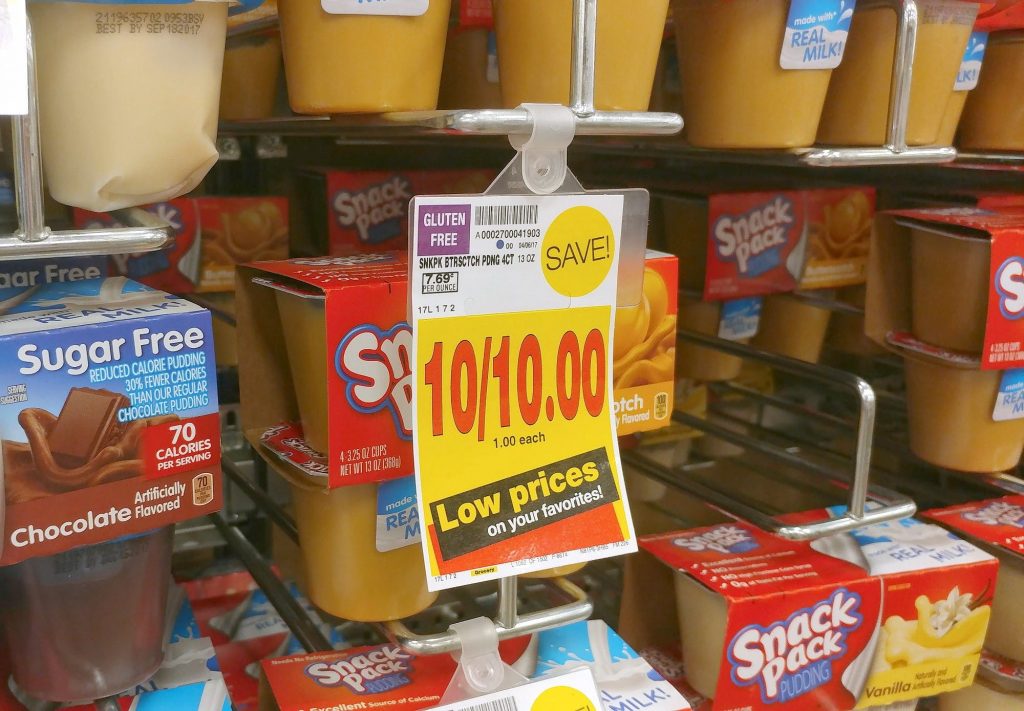
What better way to get you to purchase more than you really need that advertising something at a great price? So stores create a subliminal sense of urgency by advertising 10 cans of peas for $10, for example. This is to make you believe you’re getting a deal by purchasing 10. But your list says you need 4. So, buy 4. The reality is that unless the sale sign says, “Must buy 10 for discount”, you’ll be able to purchase 4 of the items for $4. If purchasing less than 10 will cost more, do the math and decide whether saving a few pennies instead of adhering to your list is worth it.
3. Time is Money
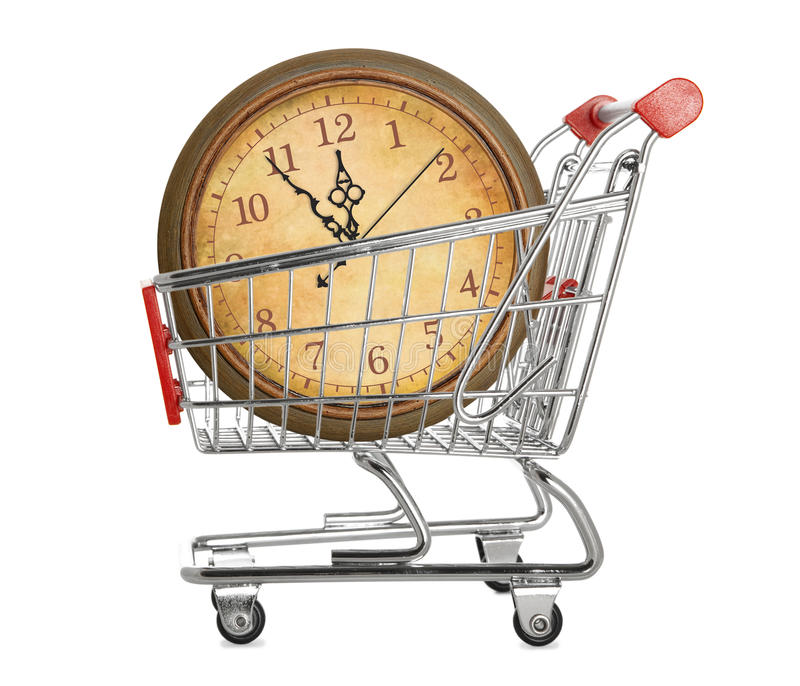
Yes, time is money. And when it comes to retail, the longer you are in the store, the more money you’re likely to spend. So for grocery stores, one key strategy to get you to purchase things you don’t really want (or need) is to make sure they are able to keep you in the store as long as possible.
One way this is accomplished is by designing the store in a way that influences your navigation. Grocery stores want you to follow a path that leads you down an aisle and brings you out near the cash registers. Unless you’re ready to pay and leave, it forces you back up the aisle and chances are you’ll go to the next one. These designs are very effective in keeping you in the store longer, and exposing you to more products.
This path also exposes you to the end caps of each aisle where manufacturers pay royal sums of money to feature their products. These are premier spots for both the store and the manufacturers because of its prominence, the occasional pseudo sale prices, and the fact that even if you skip an aisle or two, you always have to pass an end cap.
One more thing about time. The next time you are in a store, you’ll notice that there are no clocks, minimal natural light unless you are at the front of the store probably ready to check out. So the design of the store is key to keeping you there, exposing you to maximum products and increasing the probability that you’ll extend beyond your shopping list, your budget, or both.
4. The Psychology of the Shopping Cart
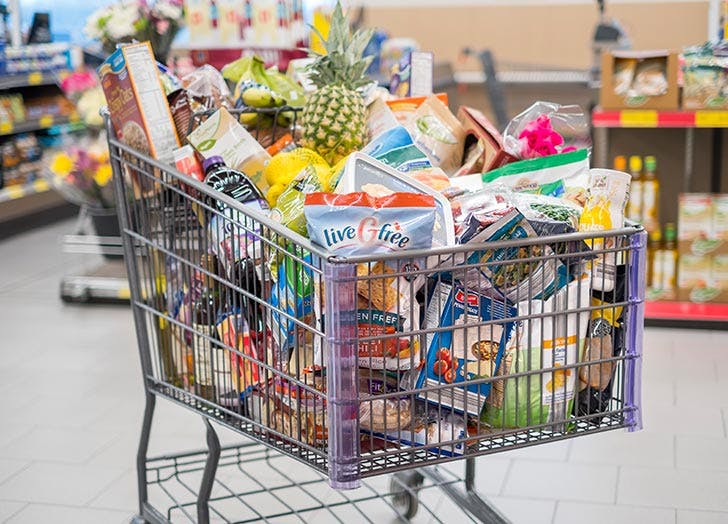
At a very basic level, a larger shopping cart encourages more spending. When people use the smaller baskets or just their hands, they’ll normally only purchase what they can carry. A large shopping cart provides more space, and a better incentive to purchase more items. This is one of the reasons that most stores have dozens and dozens of shopping carts available, but a much smaller number of baskets. And studies show that the larger the cart, the more people will put in them.
In addition to having an abundance of shopping carts, most stores make an effort to ensure that the carts are in good working condition. If the cart is smooth and moves in a straight line without the need to continuously pull to the left or push to the right to avoid running into the others, the probability is that you’ll be more inclined to stay in the store a bit longer. Also, thee aren’t many things can make a shopper exit a store faster than having a shopping cart that has a weird wheel that loudly “clacks” as it rolls along. If you’ve had one of those carts, chances are you got in and out as quickly as possible to avoid drawing more attention to yourself.
5. The Impulse Purchase Trap

Everyone is familiar with the impulse trap. It’s the rows and rows of items right at the cash register. Candy, soda, potato chips and all other manner of usually unhealthy snacks. They’re easy to grab and toss into your cart while you wait, and wait, and wait until you get up to the cashier. Even though many stores are implementing self-serve checkouts in order to reduce costs and make the checkout process a bit more convenient, those that use traditional checkout lines take the opportunity to make sure the impulse item is the last thing you see before you pay for your items.
6. Strategic 'Departmenting'
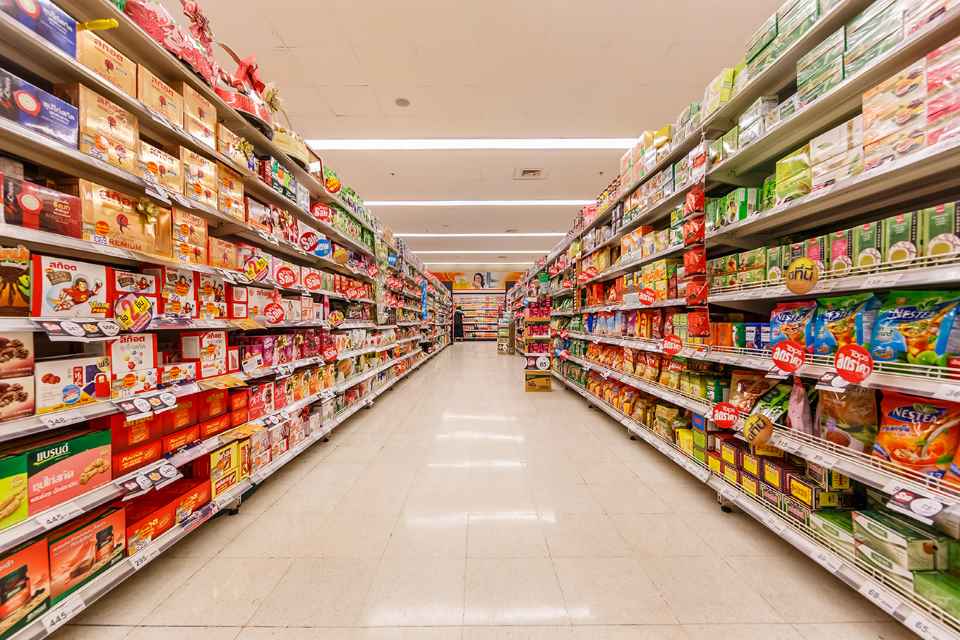
When you walk into a grocery store and are somehow able to navigate the tempting aroma from the deli or the bakery unscathed, you’ll then have the task of navigating aisles to those items that are most important to the household. These are normally those ‘non-discretionary’ items like cleaning supplies, toilet paper, etc. Usually, these items are in the rear or other far-reaching areas of the store. But there’s a method to the madness.
Retailers know that on your way to find these items, there’s a high likelihood that you’ll grab unneeded or impulse items while you’re on your trek for thse items you really need.
7. Partnering

As you navigate the shelves in the supermarket, you’ll see that there are certain items paired up on the shelves. Things like peanut butter and jelly, chips and salsa, or salad dressing and croutons. It’s easy to understand that the store knows there is a high likelihood if shoppers purchase one of these items, they’ll purchase the partner item, as well. Even if you’re buying the jelly to make donuts, for example, they know that it’s quite likely that you’ll purchase peanut butter, as well.
Another reason for partnering is to encourage you to purchase higher-priced items. The more expensive, chilled salad dressings might be kept right near the vegetables instead of the aisle with the other salad dressings. The motivation is that you’ll potentially purchase the dressing there instead of going to the salad dressing aisle and doing some price comparisons.
Bottom Line
We have to remember that grocery stores and supermarkets are in the business of making money and will do whatever they can to do so. The best way to get around these tricks is to have your list, stick to your list, don’t go outside of your list, and once you’ve gotten everything on your list, make a beeline for the register!
